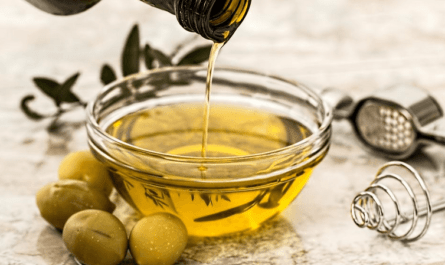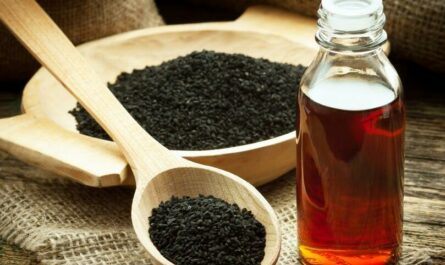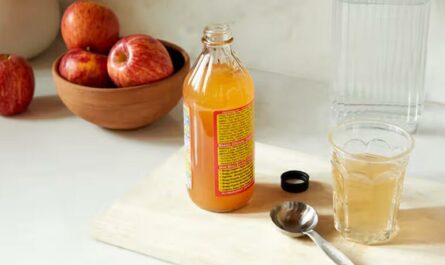Baking soda and baking powder are two essential ingredients in the world of baking. They are both leavening agents, which means they help baked goods rise and achieve a light, fluffy texture. However, despite their similar names and appearances, baking soda and baking powder have distinct differences. In this article, we’ll dive deep into the world of baking soda and baking powder, exploring their unique properties, and when to use each one for the best results.
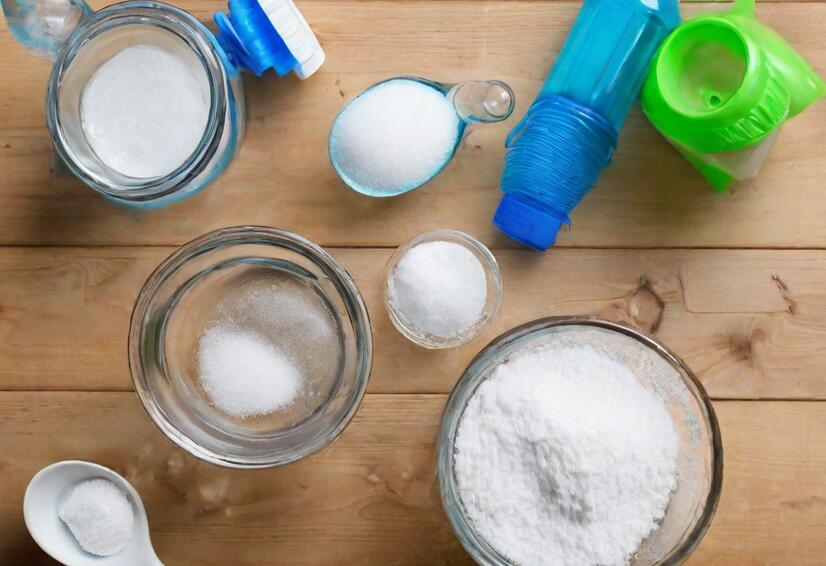
What is Baking Soda?
Baking soda, also known as sodium bicarbonate (NaHCO3), is a pure leavening agent. It is a base (alkaline) compound that reacts with acidic ingredients in a recipe, such as yogurt, buttermilk, citrus juice, or vinegar, to produce carbon dioxide gas (CO2).
This chemical reaction causes the formation of bubbles in the batter or dough, leading to a rise in volume and a light, airy texture in the final baked product.
Baking soda is commonly used in recipes that already contain acidic components, such as:
- Buttermilk pancakes
- Chocolate cake
- Honey cookies
- Irish soda bread
Fun fact: Baking soda is also known as bicarbonate of soda, bread soda, or cooking soda.
The Science Behind Baking Soda
When baking soda comes into contact with an acidic ingredient and moisture, it undergoes a chemical reaction that produces carbon dioxide gas, water, and salt. This reaction can be represented by the following equation:
NaHCO3 (baking soda) + H+ (acid) → CO2 (carbon dioxide) + H2O (water) + Na+ (salt)
The carbon dioxide gas is what causes the batter or dough to rise, creating a light and airy texture in the final baked product. It’s important to note that this reaction begins as soon as the baking soda is mixed with the acidic ingredient and moisture. So it’s crucial to get the batter or dough into the oven quickly to take advantage of the leavening action.
What is Baking Powder?
Baking powder is a complete leavening agent that consists of three main components:
- Baking soda (base)
- Acid (usually cream of tartar or sodium aluminum sulfate)
- Cornstarch (moisture absorber)
There are two types of baking powder:
- Single-acting baking powder: Reacts and produces carbon dioxide gas when mixed with liquid. This type of baking powder is less common and requires immediate baking after mixing.
- Double-acting baking powder: Reacts twice, first when mixed with liquid and then when exposed to heat during baking. This type of baking powder is more widely used and allows for a delay between mixing and baking.
The cornstarch in baking powder acts as a moisture absorber, preventing premature reaction between the baking soda and the acid. It also helps to keep the baking powder free-flowing and easy to measure.
Baking powder is used in recipes that don’t have acidic ingredients, such as:
- Biscuits
- Cakes
- Muffins
- Waffles
The Science Behind Baking Powder
Baking powder contains both the base (baking soda) and the acid needed for the leavening reaction. When baking powder is mixed with moisture, the acid and base react to produce carbon dioxide gas. This causes the batter or dough to rise.
In single-acting baking powder, this reaction occurs only when the baking powder is mixed with liquid. In double-acting baking powder, there is a second acid that is heat-activated. This causes a second release of carbon dioxide gas when the batter or dough is exposed to heat during baking.
The two-stage reaction of double-acting baking powder can be represented by the following equations:
First reaction (when mixed with liquid): NaHCO3 (baking soda) + H+ (acid) → CO2 (carbon dioxide) + H2O (water) + Na+ (salt)
Second reaction (when exposed to heat): NaAl(SO4)2 (sodium aluminum sulfate) + 3 NaHCO3 (baking soda) + heat → Al(OH)3 (aluminum hydroxide) + 2 Na2SO4 (sodium sulfate) + 3 CO2 (carbon dioxide)
This two-stage reaction allows for a more controlled and consistent rise in the baked product, as well as a longer shelf life for the batter or dough before baking.
Key Differences Between Baking Soda and Baking Powder
| Aspect | Baking Soda | Baking Powder |
|---|---|---|
| Composition | Pure sodium bicarbonate | Baking soda + acid + cornstarch |
| Reaction | Requires acidic ingredients | Contains acid, no additional acid is needed |
| Strength | About 4 times stronger than baking powder | Less strong, more baking powder needed |
| Taste | Can be bitter if not neutralized properly | Less likely to affect the taste |
| Usage | Used in recipes with acidic ingredients | Used in recipes without acidic ingredients |
| Storage | Longer shelf life (up to 2 years) | Shorter shelf life (6-12 months) |
| Activation | Activated by acid and moisture | Single-acting: activated by moisture; Double-acting: activated by moisture and heat |
| Texture | Can produce a slightly denser texture | Tends to produce a lighter, fluffier texture |
Choosing Between Baking Soda and Baking Powder
When deciding whether to use baking soda or baking powder in a recipe, consider the following factors:
- Presence of acidic ingredients: If the recipe includes acidic ingredients like yogurt, buttermilk, or citrus juice, baking soda can be used as the leavening agent. If the recipe does not contain acidic ingredients, baking powder is the better choice.
- Desired texture: Baking powder tends to produce a lighter, fluffier texture in baked goods, while baking soda can result in a slightly denser texture. Keep this in mind when choosing between the two leavening agents.
- Flavor profile: Baking soda can contribute a slightly salty or alkaline taste to baked goods if not properly balanced with acidic ingredients. Baking powder, on the other hand, is less likely to affect the flavor of the final product.
- Recipe instructions: Always follow the recipe instructions carefully, as the amount and type of leavening agent used can greatly impact the outcome of the baked good. If a recipe calls for baking soda or baking powder specifically, it’s best to use the indicated ingredient for optimal results.
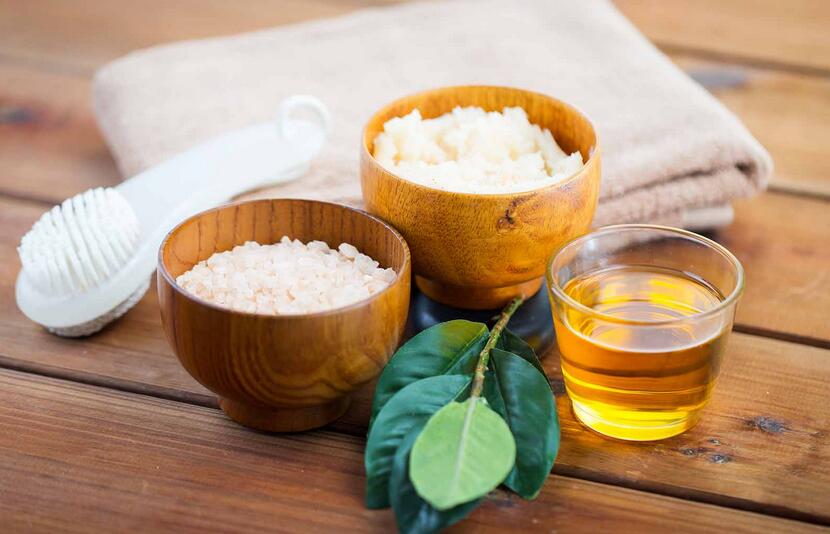
Can You Substitute Baking Soda for Baking Powder?
While it’s generally not recommended to substitute baking soda for baking powder or vice versa, there are some ways to make it work in a pinch.
- Substituting baking soda for baking powder: For every 1 tsp of baking powder, use 1/4 tsp of baking soda and add an acidic ingredient (e.g., 1/2 tsp of cream of tartar or 1 tsp of lemon juice).
- Substituting baking powder for baking soda: Use 3 tsp of baking powder for every 1 tsp of baking soda, and omit any additional salt in the recipe. Keep in mind that this substitution may affect the taste and texture of the final product.
It’s important to note that these substitutions may not always yield the same results as using the originally called-for ingredient. For best results, it’s recommended to use the leavening agent specified in the recipe.
Adjusting Recipes When Substituting Leavening Agents
When substituting baking soda for baking powder or vice versa, it’s crucial to make adjustments to the other ingredients in the recipe to maintain the proper balance of acidity and leavening power. Here are some general guidelines:
- When substituting baking soda for baking powder, reduce the amount of salt in the recipe by 1/4 tsp for every 1/2 tsp of baking soda used.
- When substituting baking powder for baking soda, increase the amount of liquid in the recipe by 1 to 2 tbsp for every 1 tsp of baking powder used to compensate for the added moisture from the cornstarch in the baking powder.
- If the recipe already contains an acidic ingredient, you may need to adjust the amount of that ingredient when substituting leavening agents to maintain the proper balance of acidity.
Remember, these are general guidelines, and the specific adjustments needed may vary depending on the recipe and the desired outcome. It’s always best to use the leavening agent called for in the recipe whenever possible.
How to Test the Freshness of Baking Soda and Baking Powder
To ensure your leavening agents are effective, it’s important to test their freshness:
- Baking soda: Mix 1/4 tsp of baking soda with 1 tsp of vinegar. If it bubbles vigorously, the baking soda is fresh.
- Baking powder: Mix 1 tsp of baking powder with 1/3 cup of hot water. If it bubbles immediately, the baking powder is fresh.
If your baking soda or baking powder fails the freshness test, it’s time to replace them to ensure the best results in your baking.
Factors Affecting the Shelf Life of Leavening Agents
Several factors can impact the shelf life and effectiveness of baking soda and baking powder:
- Moisture: Exposure to moisture can cause baking soda and baking powder to react prematurely, reducing their leavening power. Always store these ingredients in airtight containers in a dry place.
- Temperature: High temperatures can accelerate the degradation of baking soda and baking powder. Store them in a cool, dry place away from direct sunlight and heat sources.
- Contamination: Avoid using utensils that have been in contact with other ingredients, such as salt or sugar, when measuring baking soda or baking powder. Contamination can introduce moisture and affect the leavening power.
- Time: Even when stored properly, baking soda and baking powder will lose their potency over time. Baking soda typically has a shelf life of 6 months to 1 year, while baking powder can last 6 to 12 months. Always check the expiration date and perform a freshness test before using these leavening agents in your recipes.
Storage Tips for Baking Soda and Baking Powder
To maintain the potency of your leavening agents, follow these storage tips:
- Store in a cool, dry place away from moisture and heat.
- Keep them in airtight containers to prevent moisture absorption.
- Label the containers with the purchase date and replace them every 6-12 months for optimal performance.
- Avoid storing baking soda or baking powder in the refrigerator, as moisture can cause clumping and reduce effectiveness.
Common Recipes Using Baking Soda or Baking Powder
- Baking soda recipes:
- Baking powder recipes:
Frequently Asked Questions
1. Is baking powder healthier than baking soda?
Both baking soda and baking powder are considered safe for consumption. However, baking powder contains additional ingredients, such as cornstarch and cream of tartar. Baking soda, being a pure compound, is often considered a more natural option.
2. Can you use baking soda or baking powder for cleaning?
Yes, baking soda is a popular natural cleaning agent due to its mild abrasive properties and ability to neutralize odors. It can be used for various cleaning tasks, such as:
- Scrubbing sinks and bathtubs
- Deodorizing carpets and upholstery
- Cleaning ovens and stovetops
Baking powder, on the other hand, is not as effective for cleaning purposes because of its additional ingredients.
3. What happens if you use too much baking soda or baking powder?
Using too much baking soda or baking powder can lead to several issues in your baked goods:
- Unpleasant bitter taste
- Soapy or metallic flavor
- Excessive browning or darkening of the crust
- Overly porous or crumbly texture
To avoid these problems, it’s essential to follow the recipe measurements carefully and not exceed the recommended amounts of leavening agents.
4. Can you use baking soda or baking powder as a substitute for yeast?
While baking soda and baking powder are both leavening agents, they cannot be used as a direct substitute for yeast in recipes. Yeast is a living organism that produces carbon dioxide gas through fermentation. This will result in a distinct flavor and texture in baked goods like bread and pizza dough.
Baking soda and baking powder, on the other hand, create a quicker rise and do not contribute to the same fermented flavor profile.
Conclusion
In conclusion, baking soda and baking powder are two crucial ingredients in the world of baking, each with its own unique properties and uses. While they may seem interchangeable at first glance, understanding the key differences between these leavening agents is essential for achieving the best results.
Baking soda, a pure leavening agent, requires an acidic ingredient to activate and is best used in recipes that already contain acidic components. Baking powder, on the other hand, is a complete leavening agent that contains both the base and the acid needed for the reaction. This makes it ideal for recipes without acidic ingredients.


